
The brand has traditionally been a monolithic thing. Its roots are straightforward — brands were literally just a permanent sear, or brand mark, impressed onto livestock. The marks weren’t just decoration — they meant something, an implicit statement about ownership. “This is my cow.” In other words, these marks became a concept that carried meaning. For a brand, “meaning” has become a very powerful thing. And with time, the meaning a brand can take on has become far more complex, more nuanced, and infinitely varied. Over centuries we’ve moved from brand as an inherent mark of ownership to brand as a complex concept that can shape our very understanding of the the world.
Many people feel like they’re living in an always-evolving state of in-between-ness — like the ground itself feels a bit wobbly. In fact, we are living in a period of persistent reorientation with the world brought on by constant change and cultural acceleration. What’s behind this quickening? The internet. Digital-everything. A collapse of distances. An ability to see new ways to live and be always scrolling past on the screen in front of you. It may be hard to understand and follow, but it’s easy to feel.
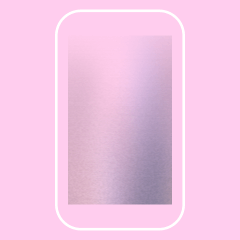
This cultural soup has created an immense desire for change and newness — an aspiration to continually live in a new way, and explore what it means to be human. And with that has arrived a desire to not be pinned down as one thing or another. As people, we acknowledge there could always be something better out there.
Today, we value a breadth of life’s experiences — picking and choosing the elements that we find attractive and exploring their depths, occupying many thoughts and traits at once — rather than selecting from a set of pre-determined and tidily shaped identity packs that we can buy into.
Whereas once we may have aspired to own a brand because it captured who we were, today we know that the way we construct ourselves is more nuanced and self-determined. Today, a static brand can actually feel like a stiflingly limiting thing — something you might avoid because it defines you too narrowly or inaccurately. Flaunting a brand still says a lot about you, for better or worse. There are brands with rich meaning and varied expressions that match the way that we think about ourselves. And there are brands that are stuck in a rigid and outmoded place — brands that try too hard to capture who they think you want to be.
Fluidity has become the defining trait of our time.
A new generation is native to this pace — people who are more sensitive and savvy to the meanings behind the things that they choose to let into their lives. We’ve entered an age where the value of constant newness is far more important than the idea of consistency.
Fluidity has become the defining trait of our time. But what does fluidity actually mean? And what does a fluid brand look like? We know Gen Z hates brands, despises advertising, and sees through anything that’s trying to influence them. Traditional brand loyalty is a bore. Inertia is best avoided. And brands, by their very historical definition, have been built upon rigid, fixed notions of themselves: upon being recognizable as a static mark of ownership.
So we asked ourselves: in this era of always-faster, always-more, always-new, what’s fixed about a brand? And what’s fluid? And how do you best create a brand identity in an era of identity nomads?
First, a note for anyone who doesn’t know us: we don’t see brand identity as a tidy exterior wrapping. A brand is made up of everything you believe, everything you do, and every action you take. That means branding is a holistic exercise, one where every decision you make is a creative decision that reinforces or expands your meaning. Your product, services and aesthetics are a manifestation of your values and beliefs.
In order to thrive and serve, brands must evolve and invent at a pace faster than culture. And consistently show people a new and better way to live.
How do you create brand identity in an era of identity nomads?
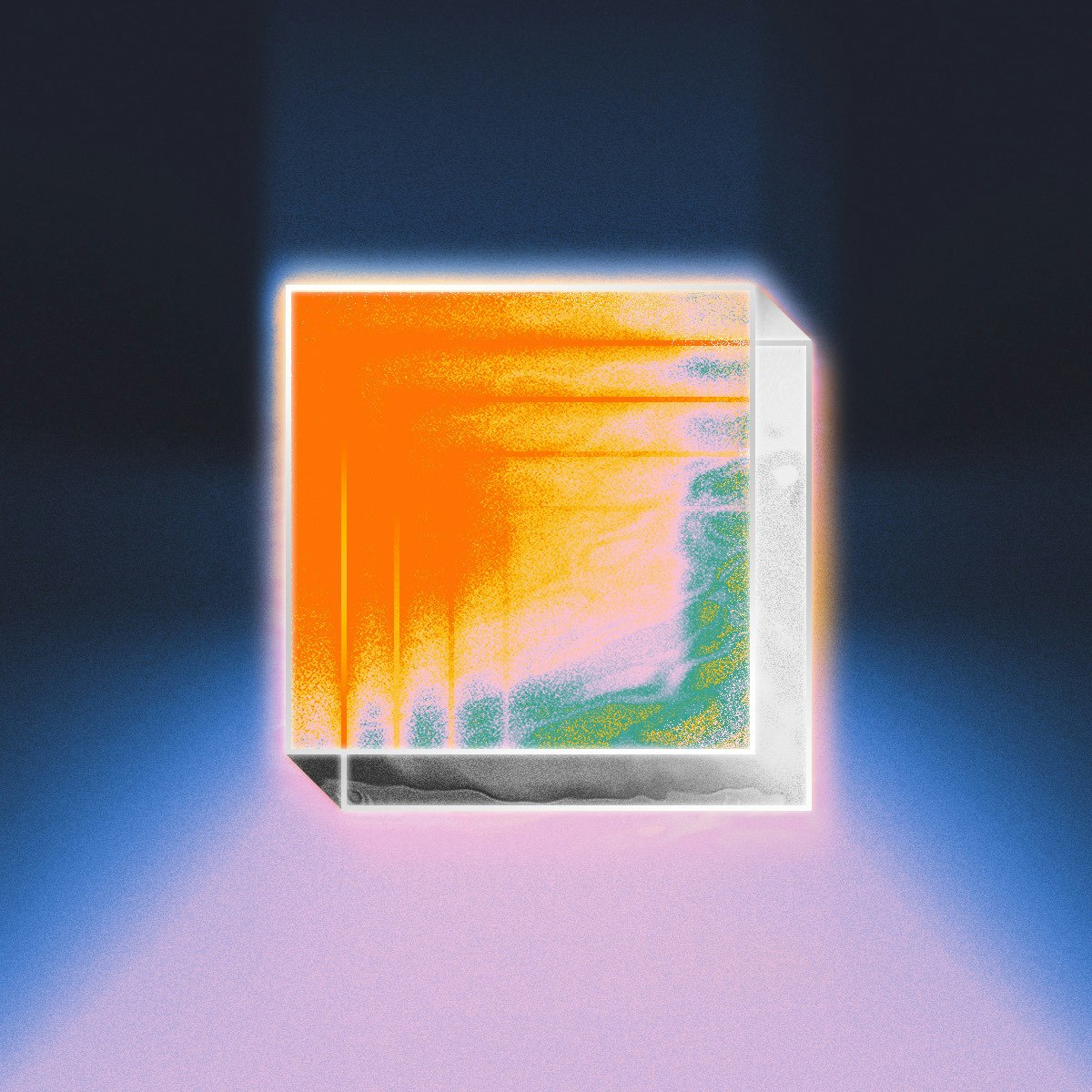
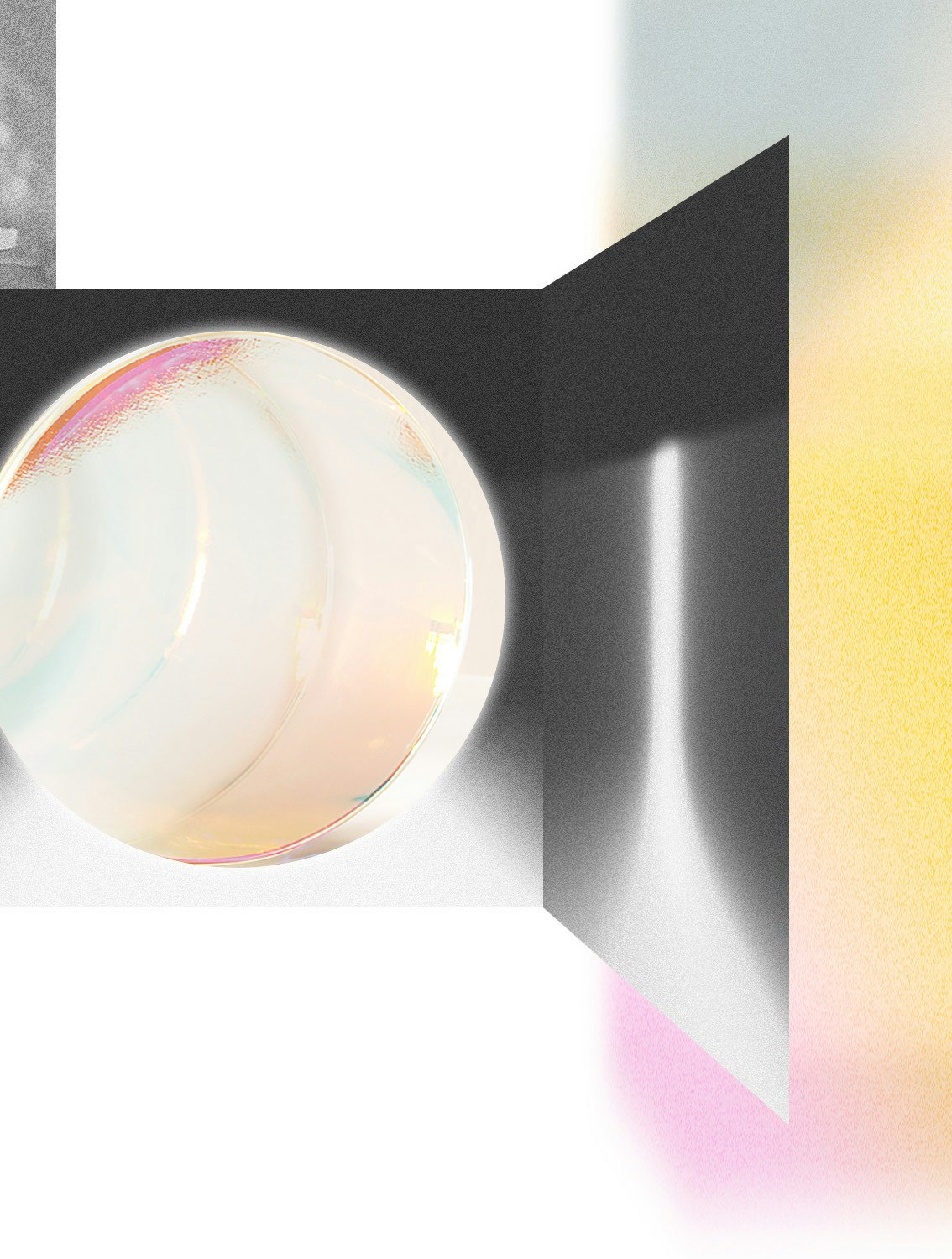
Convictions at the Core
If brands have to evolve faster than ever, and more fluidly, what about it is fixed, keeping its axis in place and locked from spinning out of control? We believe the center of a brand is a conviction. A conviction begins with a question a brand is asking:
Nike: What are humans physically capable of?
Apple: How creative can people be?
Facebook: How connected can we be?
Tesla: How can we better power humanity?
These questions beg for a quest, if you like — an exploration. They’re inherently rooted in cultural or social issues. They take a broad approach, with their focus on the betterment of people.
We believe the center of a brand is a conviction.
Convictions ensure a brand is always in pursuit of something. That you’re on a mission to create a better version of yourself, day after day. And if you’re not improving and experimenting against your conviction, you’re waning. This is why creativity is so essentially a part of the center of a brand — not just an aspect of its external aesthetic expression. It’s the very lifeblood of ongoing existence and expansion.
When you start with a big question, you can arrive at any number of different big answers — a plethora of possibilities to help people pursue a life that’s markedly new, and hopefully better.

Variated Brands
When it comes the expression of a company’s convictions, we think of the best brands as being highly “variated.” Variation is the source of continued life — it’s the inventiveness and imagination that makes us distinctly human. You can variate in two distinct ways. There’s material variation: a change in your core product or services. And there’s aesthetic variation: an outwardly facing expression that signals something new and attractive. It’s how you express change to the world.
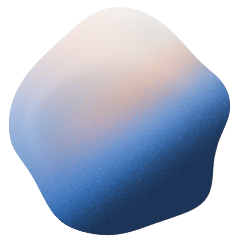
Material Variation
The most noticeable brands are coming to life in surprising ways. They iterate on functionality and create true innovation, leap-frogging instead of side-stepping.
This is how so many D2C upstarts have found momentum—they pursue new functionality. Ten years ago, no one thought that people would want to buy a mattress in a box, but Casper showed there was a better way. At one point, no consumer dreamed it was possible to track the sourcing and production methods of your clothes, but Everlane proved differently. The concept of hailing a random car and taking it wherever you wanted was initially terrifying, but turned out to be brilliant.
It doesn’t matter if these companies are successful: they are noteworthy and highly visible, ultimately creating a new appetite — a new aspiration for what’s possible. We expect more from companies, and from life, and we value the brands that bring this to us. In short, we have an appetite for change that makes things suck less.
Since launching, Casper has evolved by asking the question “how well can people sleep?” They’re not a mattress company, but a sleep company. And they’re continuing to pursue variation in this way, with new products and services that promote sleep. Their conviction that sleep can be better that defines their journey ahead.
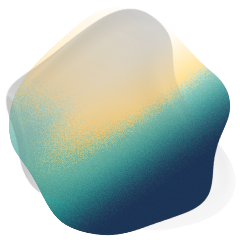
Aesthetic Variation
Aesthetics are all about attraction. Historically, a brand’s visual update has been in the service of catching up with cultural trends or ideas — how do we mimic or better represent the things that we see going on in culture? But the most breakthrough brands are using aesthetics to signal a shift in idea or material progress — to show off a novel way of living, being, doing and seeing.
When it comes to aesthetic identity, we’re seeing expressions of brand with far more visual variation. With visual identity, there’s an inherent tension between showcasing newness while still “getting credit” and building equity. It’s a careful dance with no perfect formula or answer.

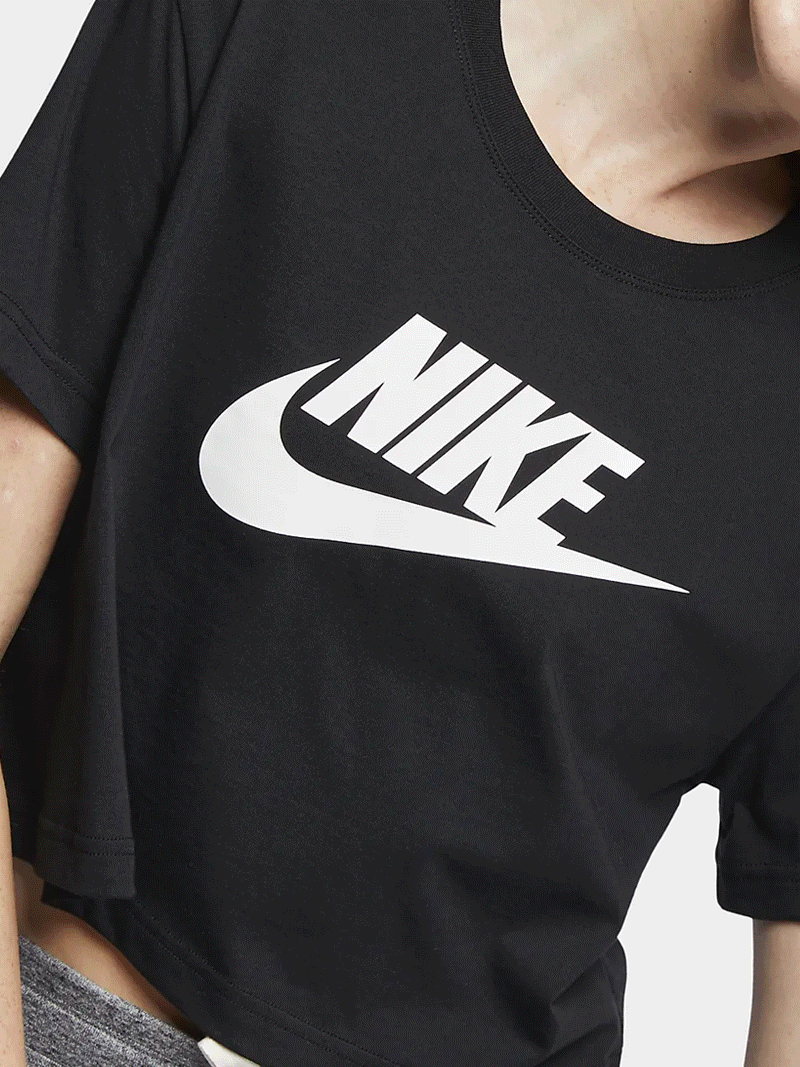

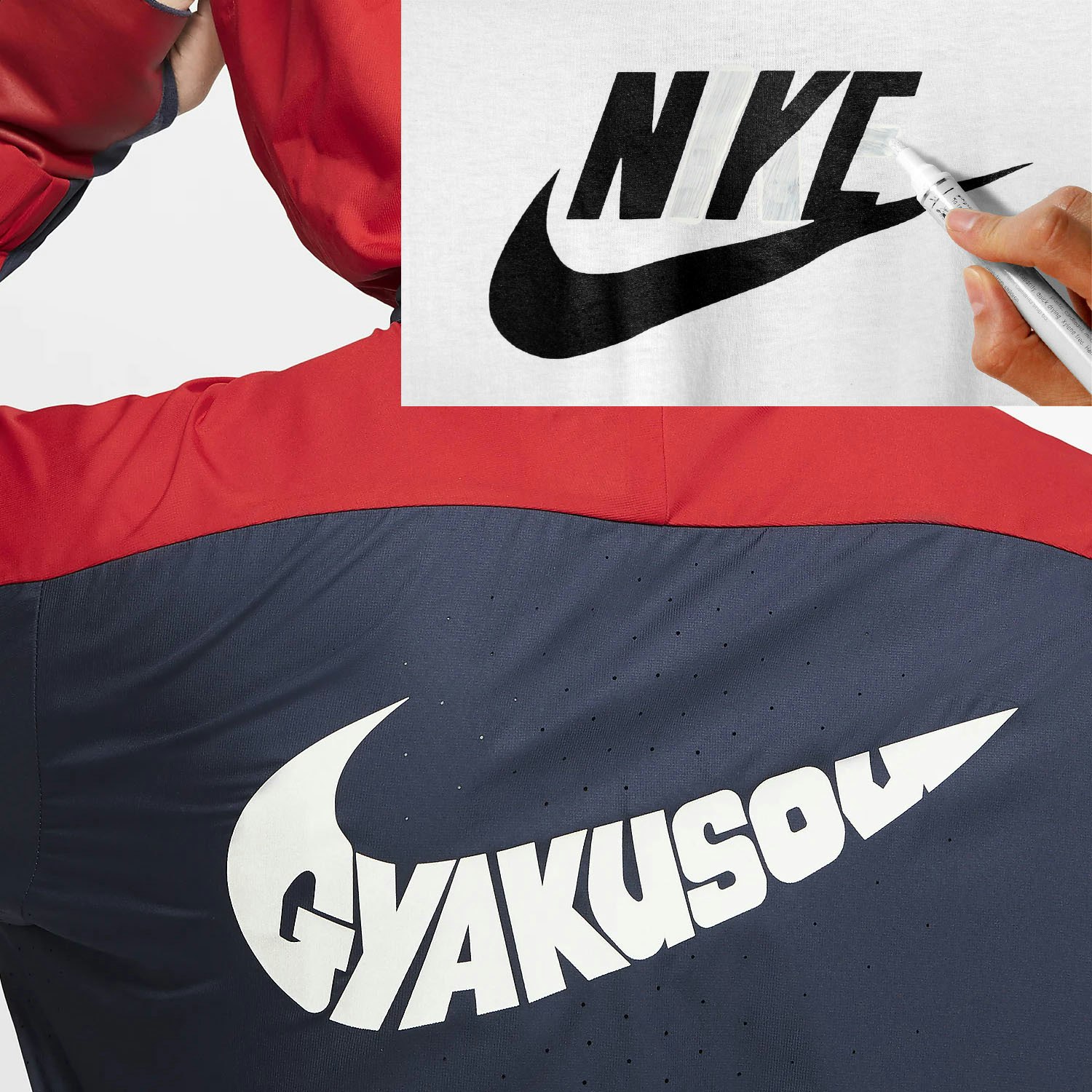
As part of this, we’re seeing once sacred brand marks and identities transform. Nike hangs close to its core equity but is iterating on it relentlessly to show off new ideas about lifestyle in a sped-up age, whether that be fluidity in gender, aspiration, or any other kind of personal definition.
We’re also seeing the inverse — brand marks becoming simplified to serve as a platform for continued aesthetic shifting. Look at the evolution in high-end lifestyle brand marks over the past year — they are knowingly using their mark as a staple element, a consistent, efficient and pared-back stamp on a product or brand expression that is inherently more cohesive. This pared-back minimalism has occasionally caused some controversy, but it’s in the name of ultimately being more flexible and fluid. The thinking is that the mark itself can’t carry too many of its own visual connotations when the rest of the brand expression is constantly changing.

There are also brands or entities that are dropping aesthetic consistency altogether — mostly now in the art and music spaces — and instead depending on the savviness of their fans to connect the dots for themselves. An artist doesn’t need a consistent visual brand when it’s creativity their audience is seeking. Variation is a gift to their fans — it represents the exploration of new ideas in the style only the artist can achieve. And if we think about brands in this context, as part of the expanding cultural soup we find ourselves in — they feel stodgy and fixed.
We think we’re only seeing the beginning of aesthetic variation. In the future, too many rigid elements may carry negative side effects. We’re only beginning to see the ways we can represent new ideas visually.
Fluid Futures and You
If fluidity in culture means a constant demand for material and aesthetic newness — what does it mean for your brand? We’ve been working with some of the world’s most pioneering companies on this very question. We think there are two core considerations that come out of this shift — how do you structure a company to incentivize and operationalize variation?
And how do you size up and understand an audience that’s always shape-shifting?
In this first issue of Athena, we explore both. And much more.
Contributors
Want to know more about how Zeus Jones can solve your toughest problems?